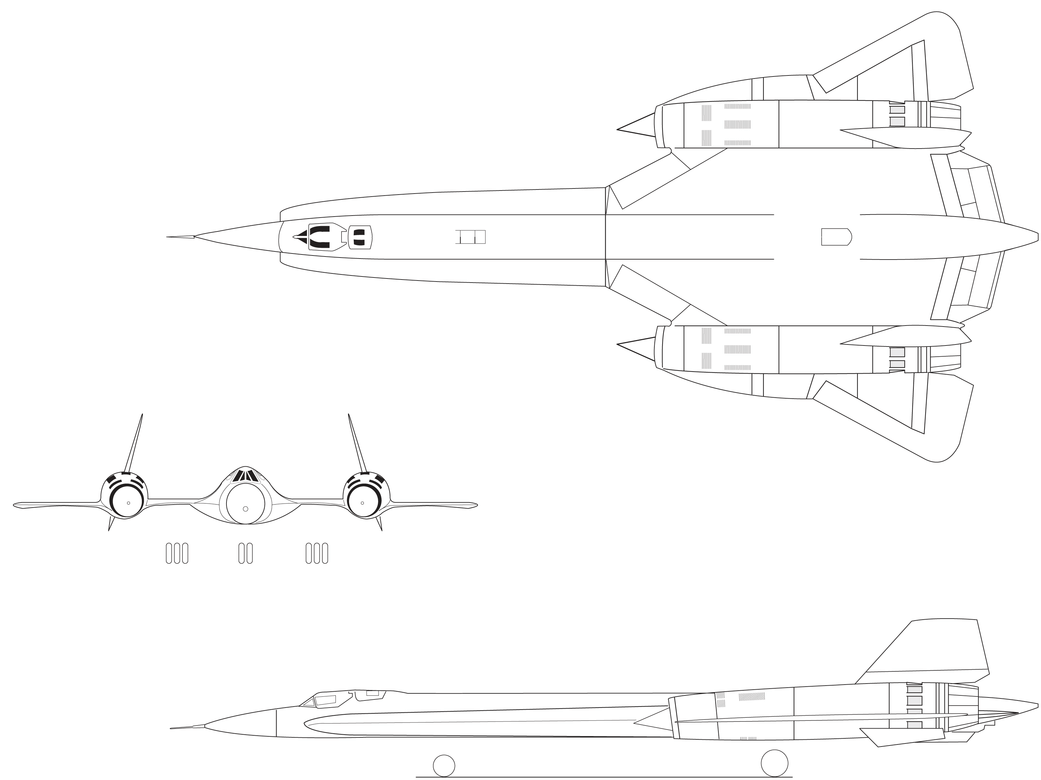EG-0106-01
The YF-12 “Blackbird” was an experimental fighter-interceptor version of the Lockheed A-12 reconnaissance aircraft. In Air Force flight tests on May 1, 1965, the YF-12 set a speed record of 2,070.101 mph and an altitude record of 80,257.65 feet. First publicly displayed at Edwards Air Force Base in 1964, the YF-12 was never adopted by the military as an operational aircraft. It was, however, a precursor to the SR-71 Blackbird reconnaissance plane.
Two YF-12s were flown in a joint Air Force-NASA research program at the NASA Flight Research Center (after 1976, the NASA Dryden Flight Research Center) between 1969 and 1979. A third shared plane, piloted primarily by the Air Force, was lost to an in-flight fire in 1971.
The YF-12 allowed NASA researchers at all four of the agency’s aeronautical centers (Langley, Lewis [now Glenn], and Ames as well as the Flight Research Center) to study the thermal, structural, and aerodynamic effects of sustained, high-altitude, Mach 3 flight. Painted flat black, the YF-12 was fabricated primarily from titanium alloy, which enabled it to withstand skin temperatures of over 500º F.
Work on the YF-12 began in secret in the late 1950s at the Lockheed Advanced Development Projects office, better as known the “Skunk Works,” in Burbank, CA. Flight data remained classified long after President Lyndon Johnson announced the plane’s existence on Feb. 29, 1964. After the announcement, the plane received the Air Force designation YF-12A.
(The “Skunk Works” was the unofficial designation of Lockheed’s secret development entity in Burbank. It was located near a plastics plant that exuded a rather strong odor. Since the engineers were also brewing up their secret designs, the “Skonk Works” in Al Capp’s comic strip “L’il Abner,” where Kickapoo Joy Juice was made, seemed an appropriate designation. However, it was changed to Skunk Works to avoid plagiarism.)
Although it yielded large amounts of research data, the YF-12 program was terminated in the late 1970s when NASA’s research agenda shifted from speed to efficiency. During its nine-year life, the YF-12 research program logged 297 flights in the joint NASA-Air Force program and approximately 450 flight hours.
Only one YF-12 remains in existence. It is displayed at the U.S. Air Force Museum at Wright-Patterson Air Force Base in Dayton, OH…Learn more




























